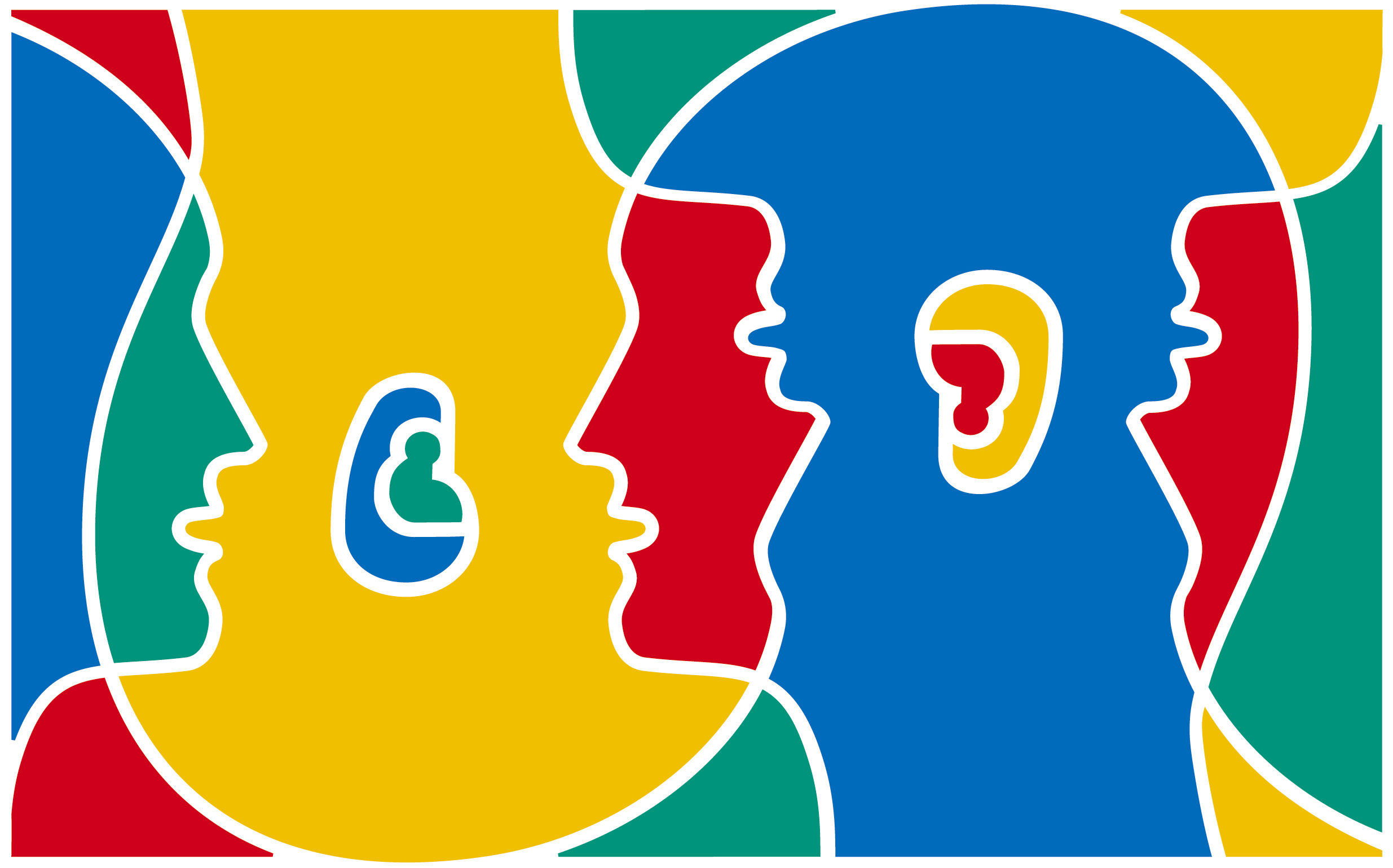Today is the European Day of Languages. Launched in 2001 by the Council of Europe at the end of the European Year of Languages, the 26th September is an annual celebration of linguistic diversity across Europe.
Did you know that there are approximately 225 indigenous languages spoken in Europe? Of these, Russian is the most widespread with around 150 million speakers in Europe, followed by English and French at 65 million each, Italian with 60 million and then Spanish and Polish with 40 million each. But what about beyond these well-known languages?
Modern day languages all belong to language families, which trace back to a shared ancestor, called a proto-language. Most of the languages spoken in English come from the Indo-European family of languages, this family tree can be broken down further into different branches, for example:
Germanic (which includes: Icelandic, Faroese, Norwegian, Swedish, Danish, Norwegian, English, Frisian, Dutch, Yiddish and German)
Baltic (Latvian, Lithuanian)
Romance (which includes: Spanish, French, Italian, Portuguese, Romanian, Corsican and Sicilian)
Slavic (which includes: Russian, Belarussian, Ukrainian, Polish, Czech, Macedonian and Bulgarian)
Indo-Aryan (Romani).
There are also European languages that belong to other language families:
The Kartvelian language family is represented by Georgian, Svan, Mingrelian and Laz.
The North Caucasian languages are actually two language families that include Abkhaz, Circassian, Chechen, Dargwa, and Khinalug.
Uralic languages include Hungarian, Finnish, Estonian, Erzya, Moksha and Komi.
The Turkic languages cover Turkish, Tatar, Kazakh, Chuvash and more.
Mongolic languages are typically spoken in Asia but the Republic of Kalmykia is home to the one European exception, Kalmyk.
Lastly, the Semitic languages of Europe include Cypriot Maronite Arabic, Hebrew and Maltese, although Maltese is the only Semitic language which holds national language status.
Basque is a fascinating case, it is known as a language isolate, which means it has no connection to any other language and doesn’t belong to a language family. Very little is known about the origins of the Basque language, surrounded as it is by Romance languages but uninfluenced by them. Some linguists believe the language dates back to the Stone Age, based on the fact that certain words for tools, like knife (aizto) and axe (aizkora), derive from the word for “stone” (haitz), indicating that when the words were created, stone was the material used to make them.
If you’re anything like me, some of these languages will be brand new to you and it just goes to show the linguistic wealth within the European continent – there are so many languages to discover beyond the Spanish, French and German that are typically taught in UK schools.
If this has inspired you to learn a new language, check out our starter pack for learning French. We’ll be adding more languages soon so make sure to check back! You can also take a look at the official site for more information and language facts.

